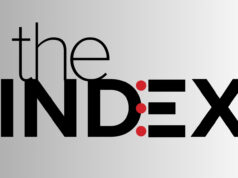
In a survey of more than 1,000 healthcare leaders, industry consolidation was voted the top healthcare trend in 2019, having earned 25.2 percent of the votes.
The survey was conducted by Definitive Healthcare, a healthcare data and analytics company. The participants included leaders from the provider, biotech, staffing, life sciences, financial services, consulting and IT verticals.
The consolidation trend is occurring among various types of parties, including health systems. Additionally, Definitive Healthcare recently took part in the M&A activity, as it acquired HIMSS Analytics’ data services business earlier this year. Looking back at 2018, Definitive tracked a total of 803 mergers and acquisitions and 858 affiliation and partnership announcements.
“It’s no surprise that industry consolidation is top-of-mind for healthcare professionals,” Definitive Healthcare CEO Jason Krantz said in a statement. “As the industry continues to evolve and shift, and health systems and IDNs increase in complexity, all participants in the industry need to stay abreast of what’s happening in order to make the best strategic decisions for their businesses.”
Consumerism came in as the number two trend, according to the survey. It received 14.4 percent of the votes.
In third place was telehealth, nabbing 13.8 percent of participants’ votes. This trend has been making headlines as of late. CMS recently announced plans to expand Medicare Advantage coverage of telehealth services. The rule will go into effect in the 2020 plan year. And TytoCare, a telehealth startup, inked a retail partnership with Best Buy to expand access to its technology.
Other trends from the Definitive Healthcare survey included AI and machine learning (11.2 percent of votes), staffing shortages (11.1 percent), cybersecurity (9.5 percent) and EHR optimization and ancillary technologies (9.5 percent).
Wearables also made the cut but received only 5.3 percent of votes.
Photo: klenger, Getty Images








